When you’re starting a new campaign in Dungeons & Dragons, the first question is often how to bring this random assortment of adventurers together with a common goal. Sure, the players know that their characters are supposed to join up and form a party, but finding the right story hook to make it believable can be challenging.
Players often bring an odd mix of classes and alignments to the table, and it’s not always easy to explain why they’d wind up working together. Baldur’s Gate 3 handles this brilliantly with the tadpole parasite storyline. The tadpoles recognize one another, so characters immediately have a common goal–get these parasites out. DMs can steal this for your next campaign, but if you’d rather try something new, here are five other creative setups.
Related: We Need Another Baldur’s Gate 3 Magic The Gathering Set
Throw Them Right Into Combat
What bonds characters better than fighting a common enemy? Rather than start with the classic “you walk into a tavern…” introduction, start your campaign right in the middle of combat. Perhaps they’re traveling into town and get ambushed by bandits, or they get sucked into a tavern brawl with a particularly unruly patron.
Starting with a battle lets players get right to rolling some dice and gives them a reason to work together in the short term, which can flow naturally into the next quest. Perhaps they learn something through combat that starts the quest, or they’ve rescued someone with another job for them to do.
Start with a Prison Break
Speaking of bonding experiences, another way to have your characters work together for a common goal is to start them off behind bars.
Whether they’re imprisoned rightfully (your rogue) or wrongfully (a cleric who stood up for their faith in the wrong guy), they want out. The party works together to get out of their cells, and now they want to stay out, which means getting the heck out of town, and they may as well stick together for safety in numbers.
Use a Magical Item to Bond Them Together
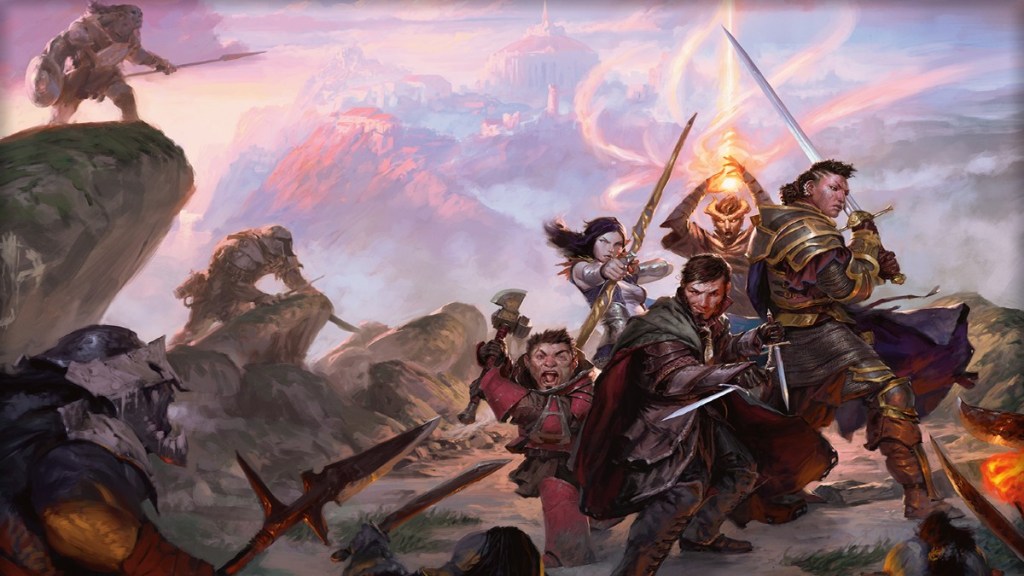
In the world of Dungeons & Dragons, you can use magic to handwave many things, and the party connection can be one of them. Give your characters a shared connection to a magical item or location in the game. Perhaps they all feel called to seek this item and work together on this shared goal, or their connection to the object makes them feel drawn to one another in ways they can’t quite explain.
If you like a little humor in your campaign, you could also go with something that literally binds them together magically, forcing them to stay within a certain distance of each other until they find a way to break the spell.
Tie Together Your Player Characters’ Backstories
If you have your players do a bit of background work before your first session, you can give them some guidance to build backstories that naturally connect the group. This requires a little more pre-work on everyone’s part, but it can really allow for some fun and creative storytelling.
Based on each character’s background, players and the DM can work together to figure out how and when they met–and why they might get roped into a mutual quest. They could all be current or former members of the same guild or army, or you could get more creative about how these characters have a shared history that will make them want to work together.
Pull Them in for Some Audience Participation
If you’d rather start with a little roleplay than combat, try starting your campaign during a celebration or festival. Then, have the party members get called in for audience participation.
Maybe there’s a game that’s traditionally played at this festival or another ritual that visitors are encouraged to join. This builds a shared experience that isn’t combat but still gives characters a reason to keep talking after the fact… where you can slip in a little something to get them started on their shared adventure.
By starting the adventure off with a compelling reason to form the party, you can get things rolling in a way that engages every player at the table. A great opening session can be the launching point for a spectacular campaign that will make your Dungeons & Dragons sessions that much more fun for everyone.

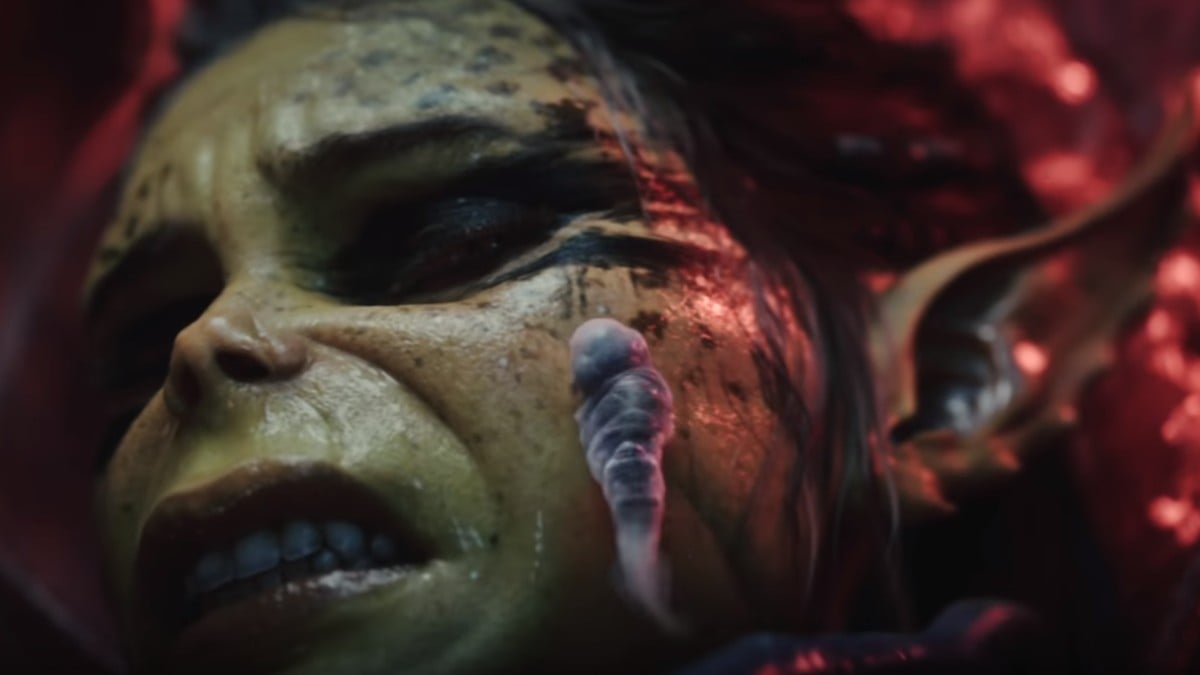
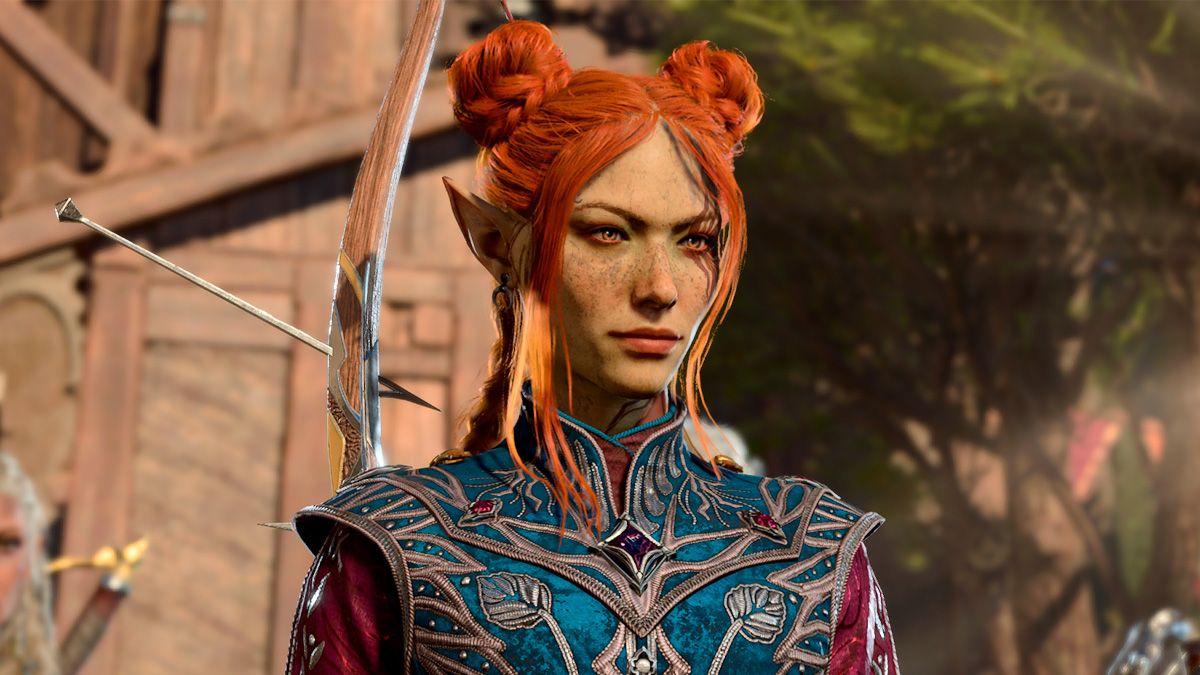
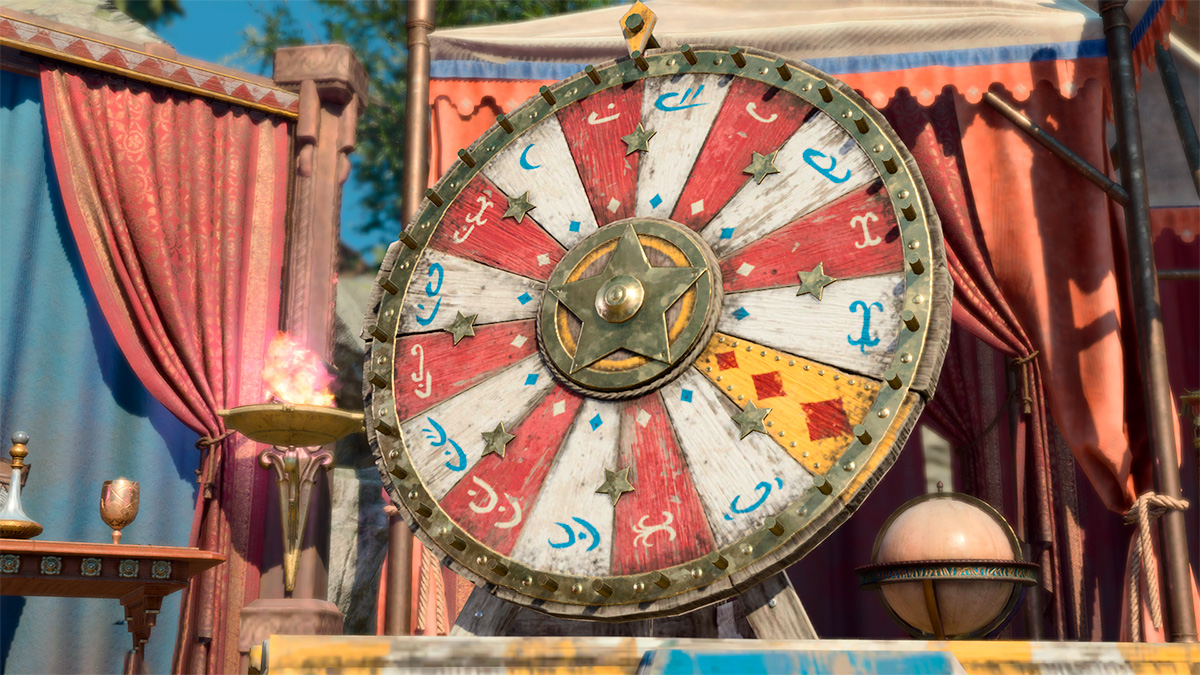
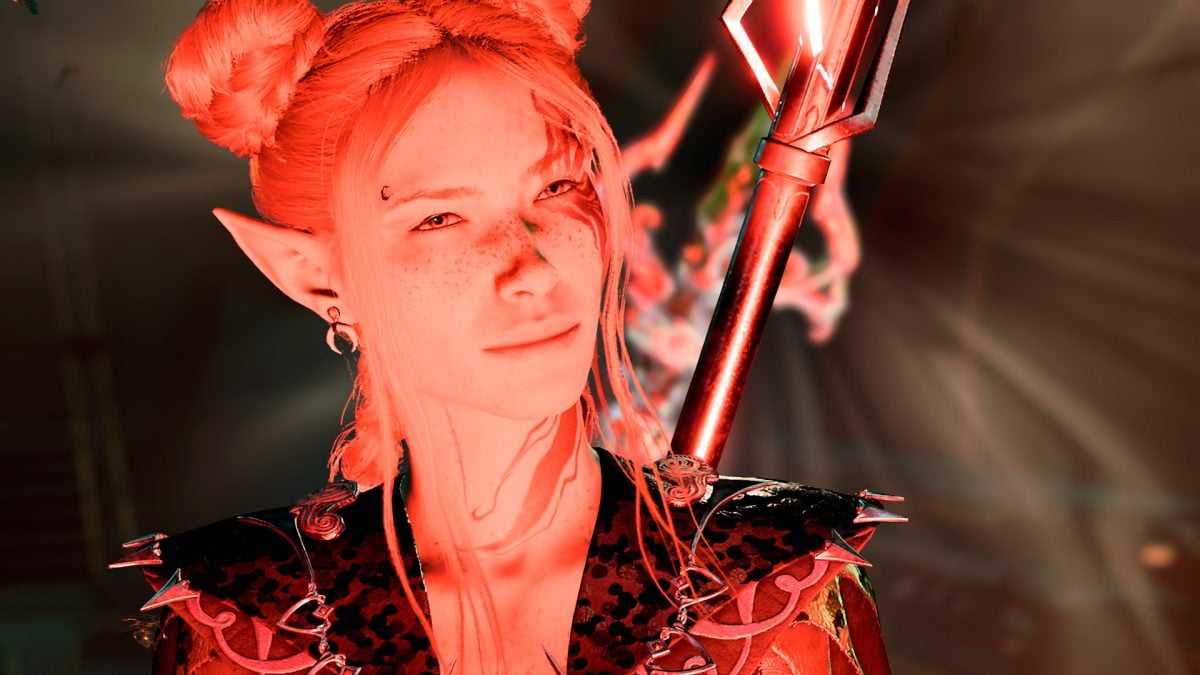
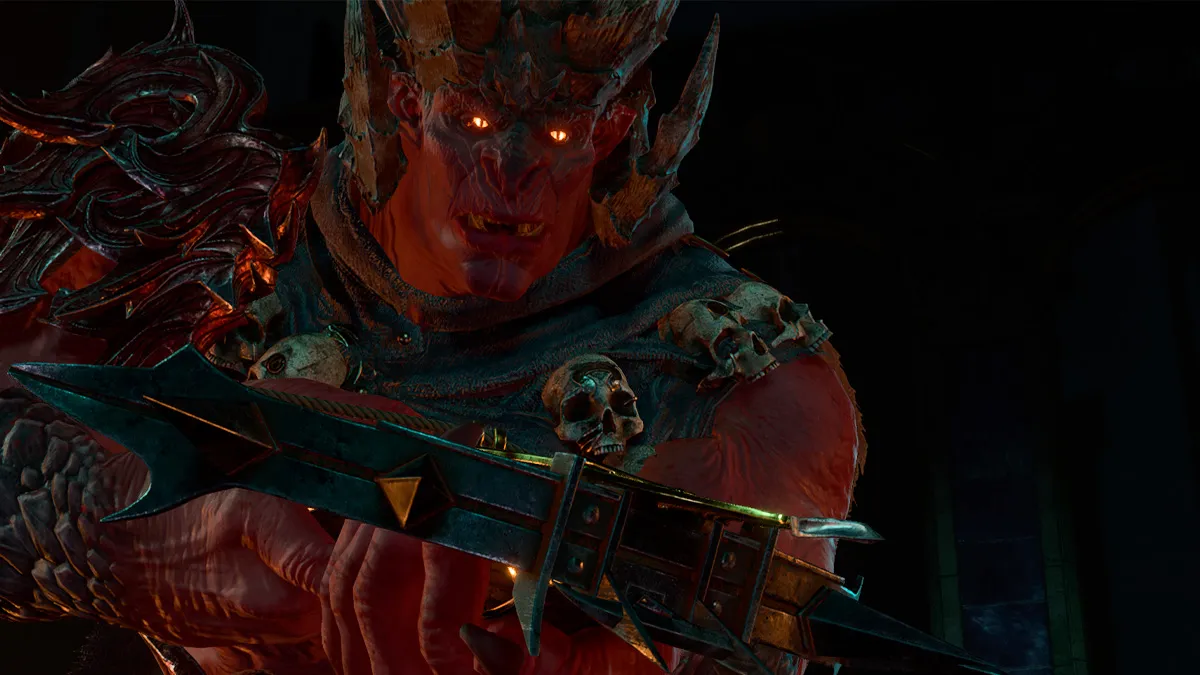
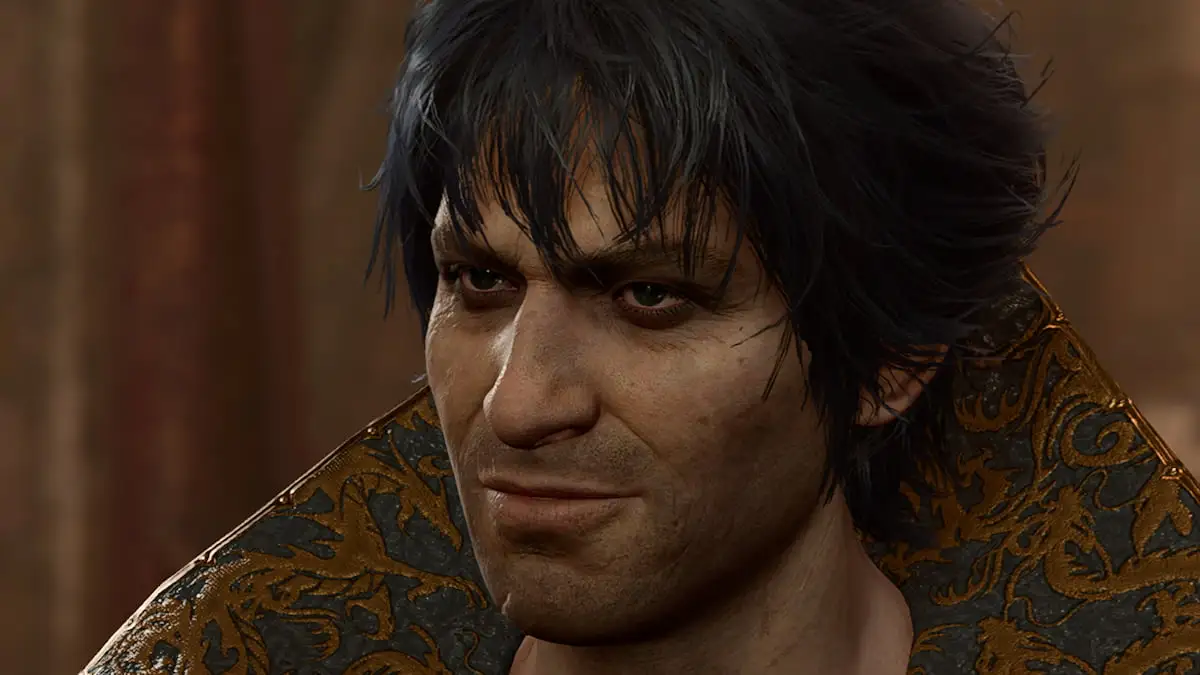
Published: Sep 26, 2023 04:58 pm